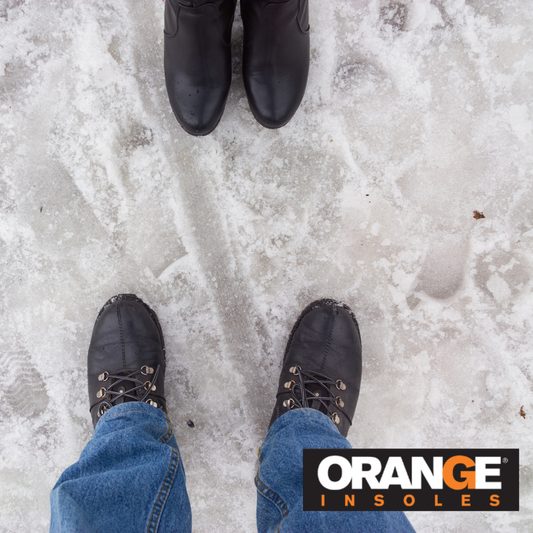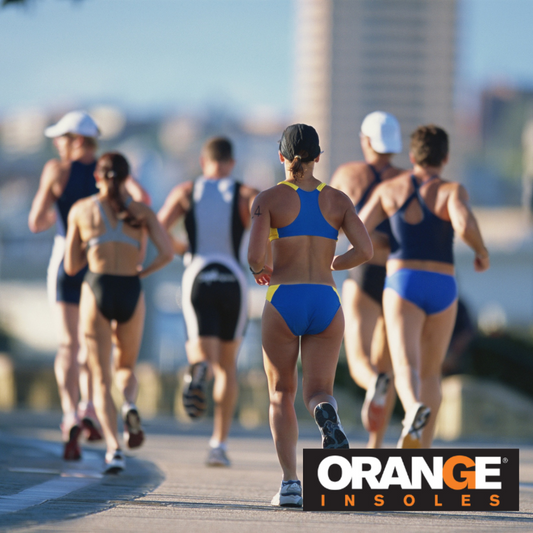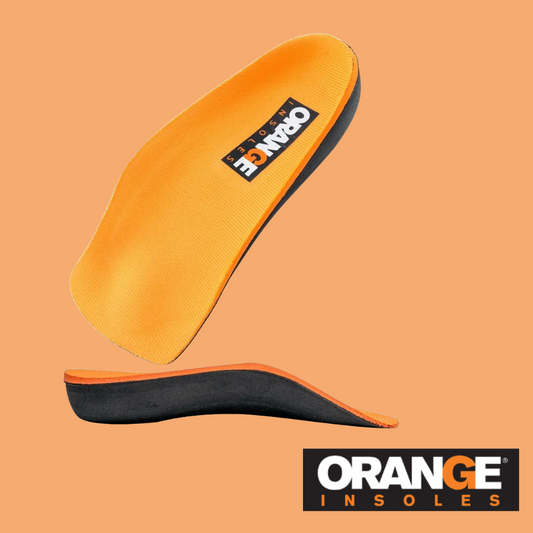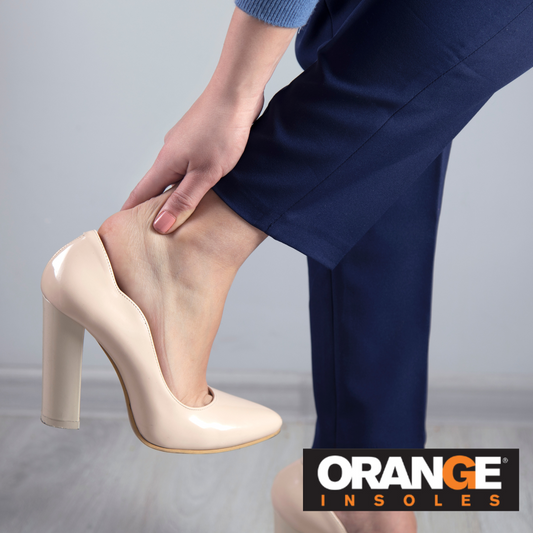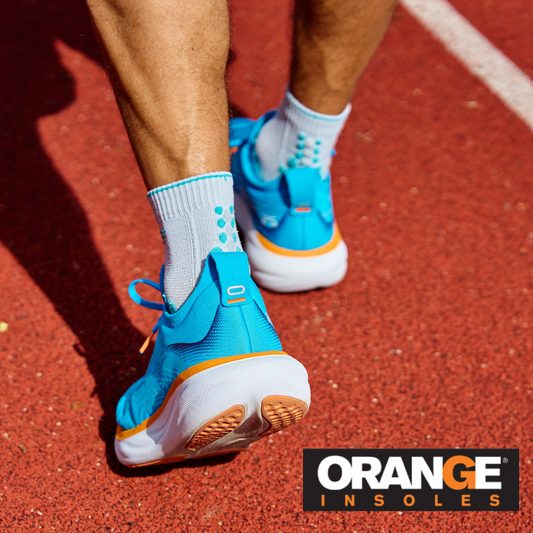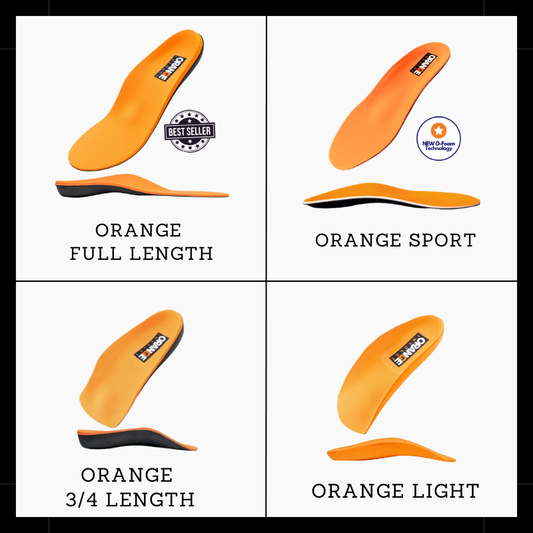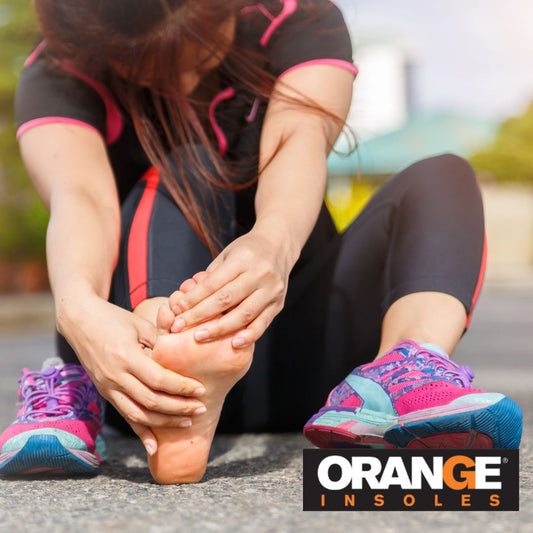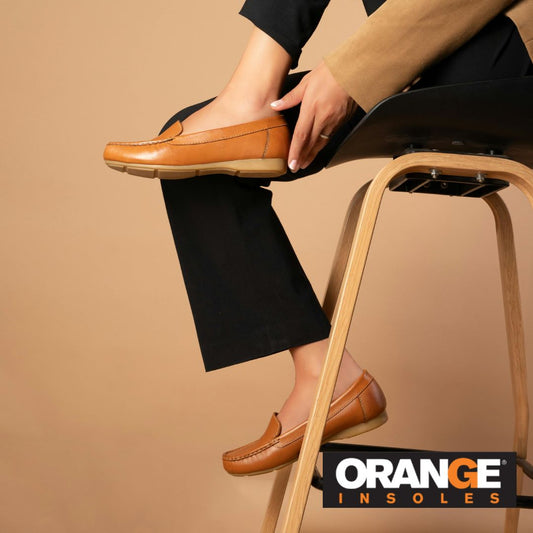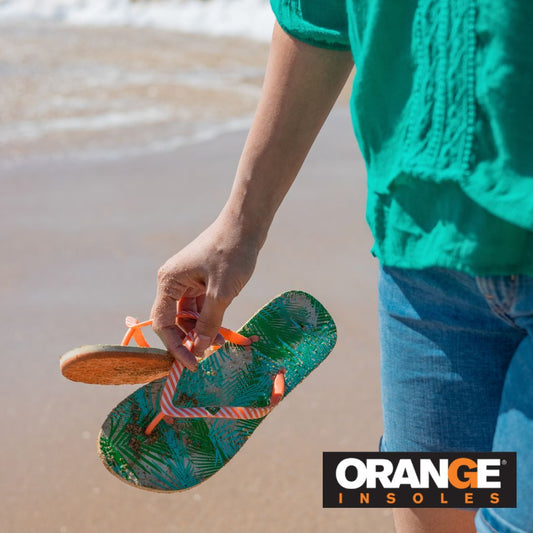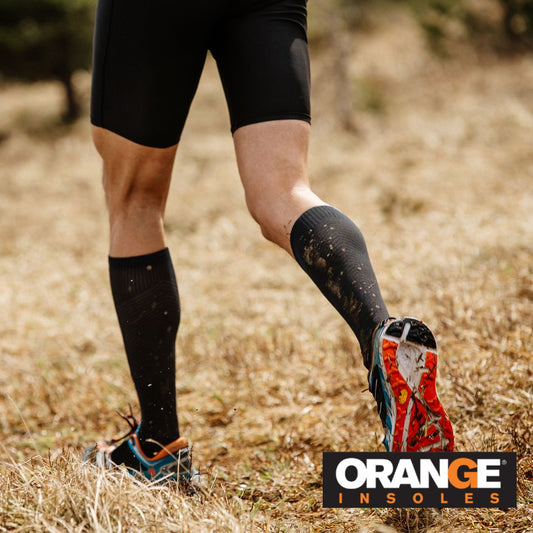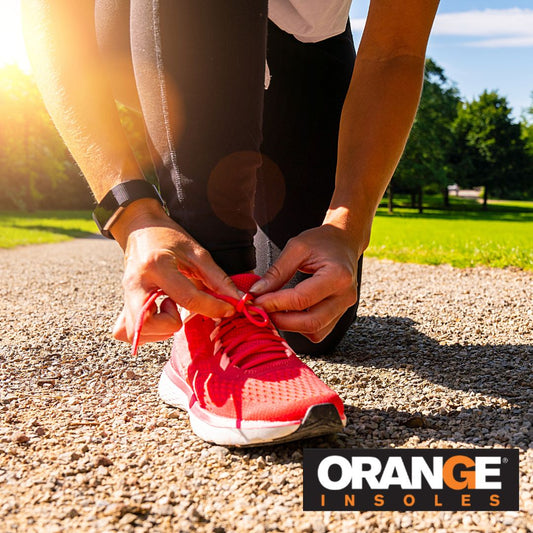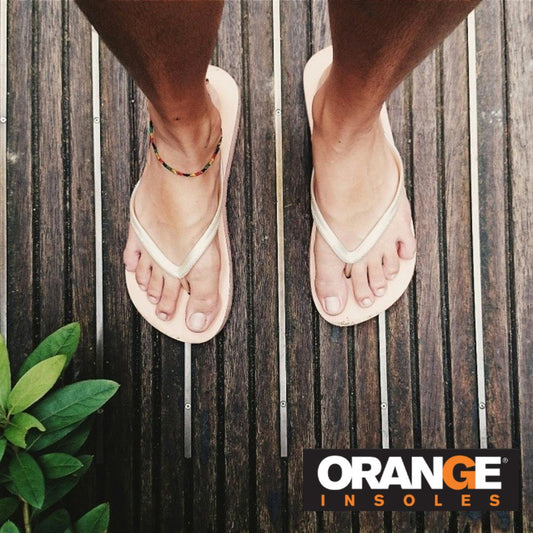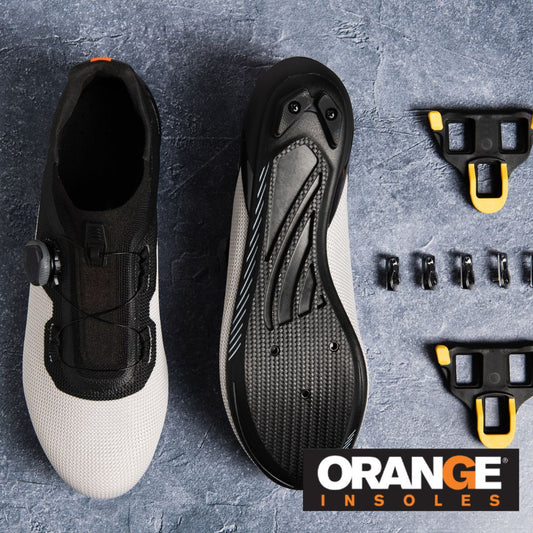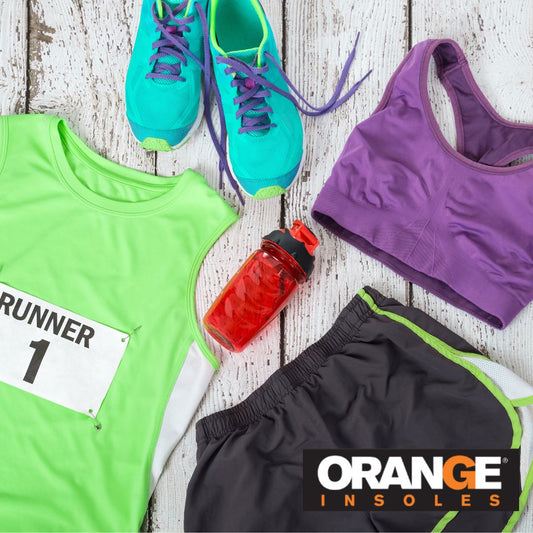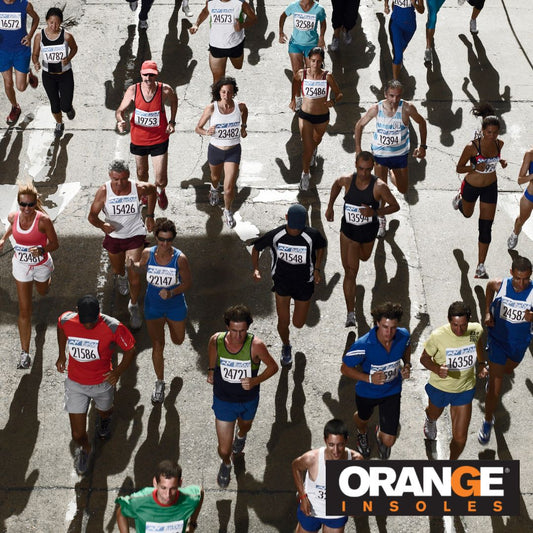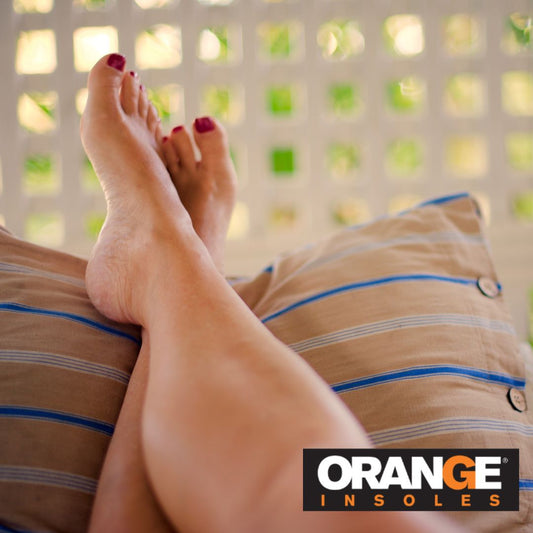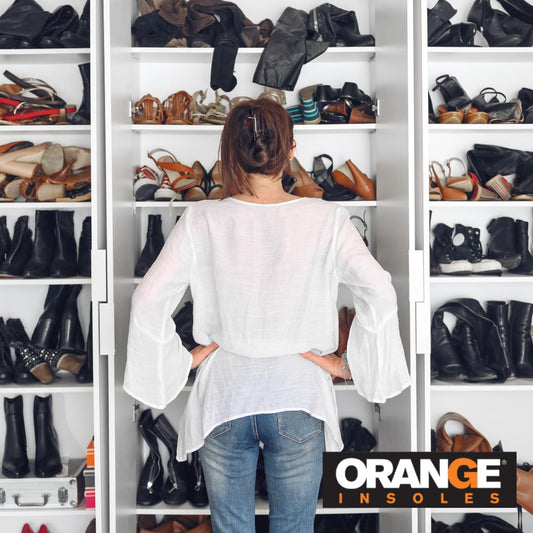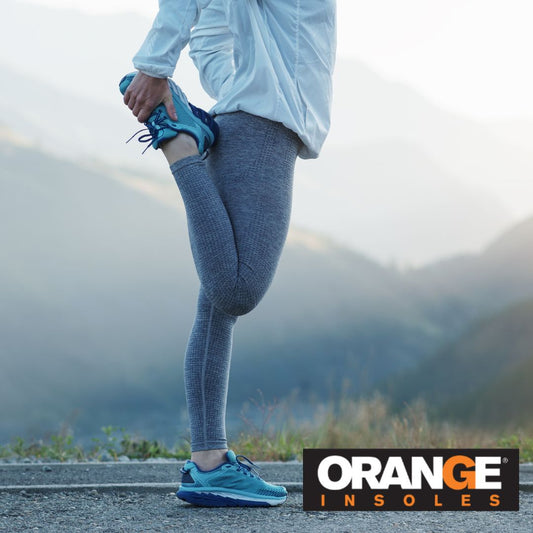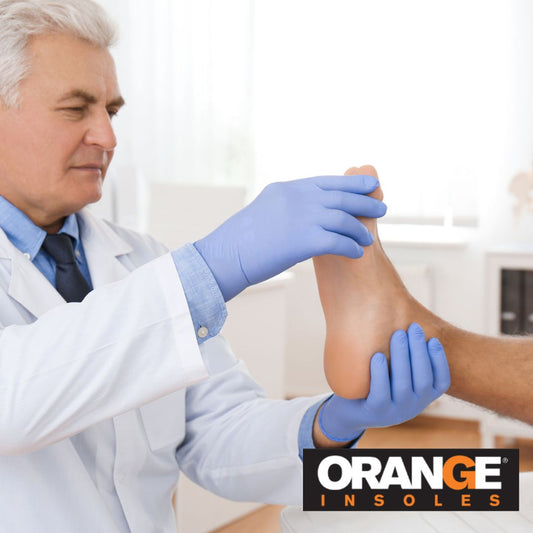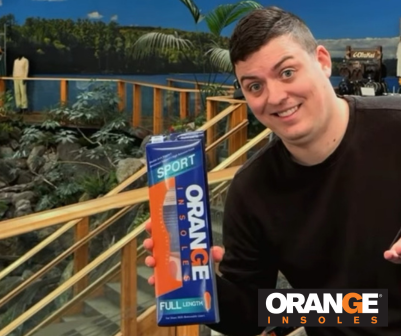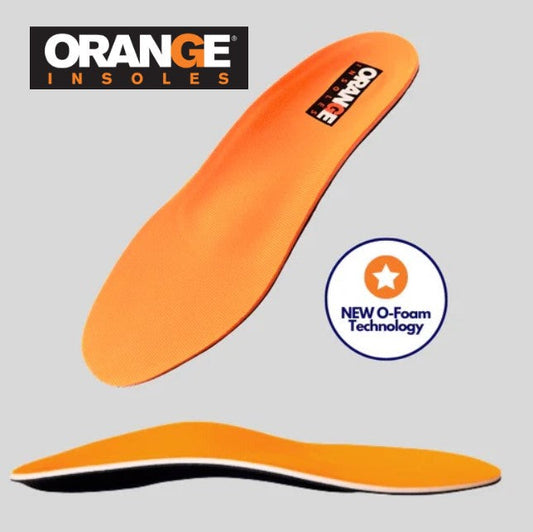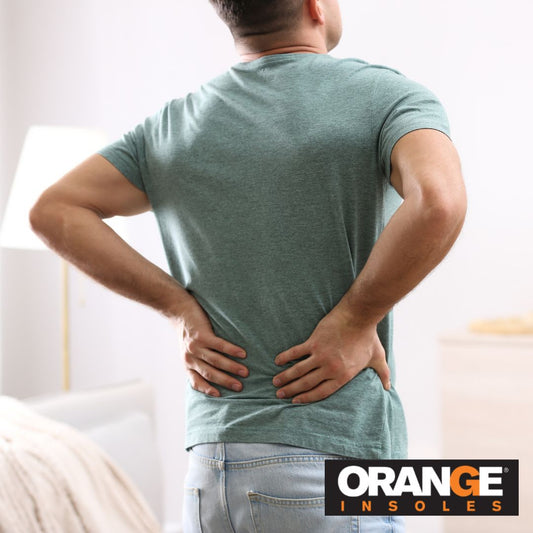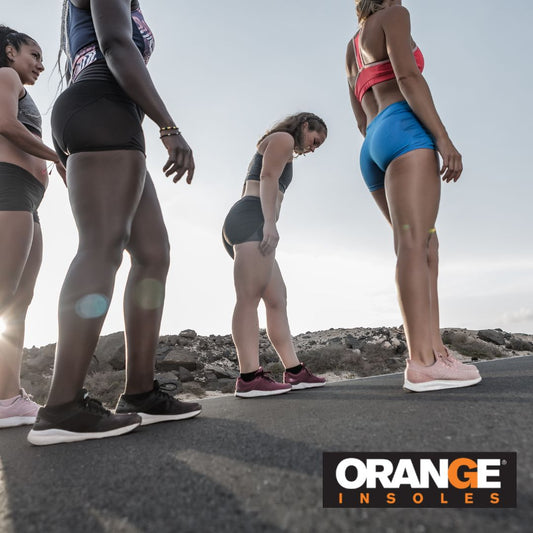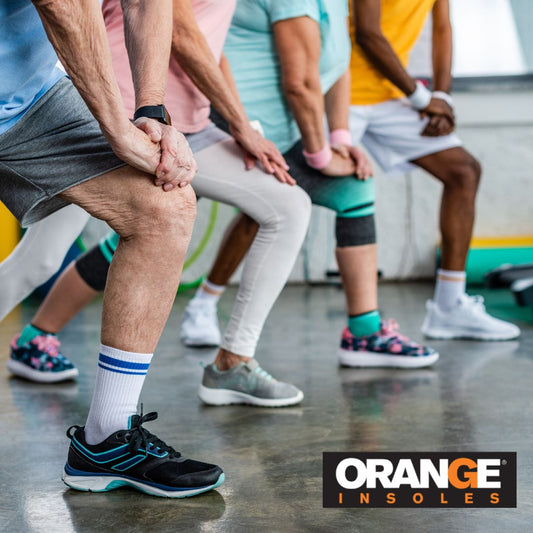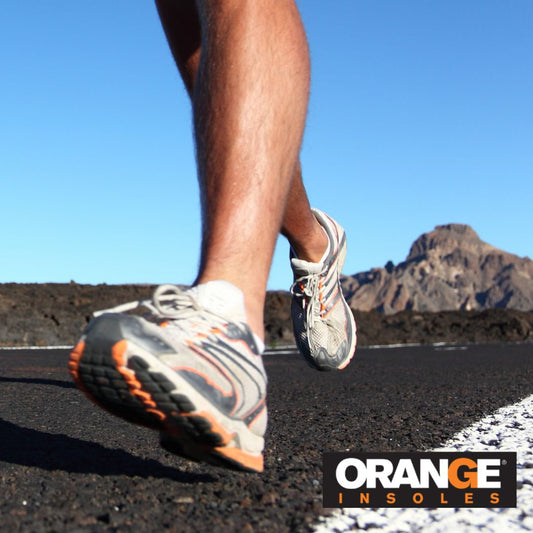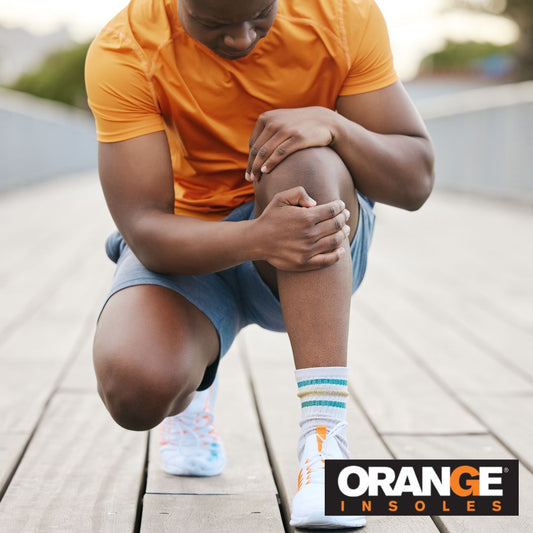Athlete's foot, known medically as tinea pedis, is a common fungal infection that affects millions worldwide. It typically manifests between the toes and on the soles of the feet, causing itching, burning, and cracked skin. Although prevalent among athletes due to frequent exposure to sweaty shoes and communal showers, anyone can contract athlete's foot.
Understanding Athlete's Foot
Athlete's foot is a fungal infection primarily caused by dermatophytes. These fungi are particularly adept at thriving in warm, moist environments, making the human foot an ideal habitat, especially when encased in sweaty socks and non-breathable shoes.
Where Do You Get Athlete’s Foot?
Common places for contracting the fungus include gym floors, pool decks, and communal showers, where it easily spreads through direct contact or by walking barefoot on contaminated surfaces.
Athlete’s Foot Symptoms
The symptoms of athlete's foot can vary but typically start with a scaly rash that leads to intense itching. This itching can often be most intense right after removing shoes and socks. The affected area might also show signs of redness and inflammation, with the skin becoming soft and breaking down, which sometimes results in painful cracking and peeling, particularly between the toes and on the soles of the feet. The discomfort can range from mild irritation to severe pain, affecting walking and other activities.
Read more: Why do my feet hurt?
If the infection is left untreated, the skin may crack and bleed, which not only causes significant discomfort but also creates an entry point for secondary bacterial infections. These complications can be more resistant to treatment and might lead to further systemic health issues if not addressed promptly.
When It Gets More Serious
In more severe cases, the fungus can spread to the toenails, leading to thickened, brittle, and discolored nails, a condition known as onychomycosis. This fungal toenail infection can be particularly stubborn and difficult to treat, often requiring prolonged antifungal therapy.
How to Clean Shoes Infected with Fungus?
Disinfecting your shoes is a crucial step in preventing the recurrence of athlete's foot. Here are some effective methods:
- Antifungal Sprays or Powders: Use an antifungal spray or powder specifically designed for footwear. Apply it inside your shoes and let them dry completely before wearing them again.
- Washable Shoes: If your shoes are washable, launder them in hot water with a disinfectant or antifungal laundry detergent. Allow them to dry thoroughly in the sun or a well-ventilated area.
- UV Shoe Sanitizers: Utilize a UV shoe sanitizer, which uses ultraviolet light to kill fungi and bacteria inside the shoes.
- Freezing: For shoes that cannot be washed, freezing is an alternative. Seal them in a plastic bag and place them in the freezer for at least 24 hours to kill the fungus.
- Regular Air Outs: Regularly airing out your shoes and exposing them to sunlight can also help reduce fungal growth by drying out any moisture within the shoes.
Common Misconceptions
Myth: Only athletes get athlete's foot.
Fact: Anyone can develop athlete's foot. Athletes are just more likely to create the warm, moist environments where the fungus thrives.
Myth: Athlete's foot can't spread in dry environments.
Fact: The fungus can survive in dry, flaky particles of skin and spread to others, especially if they walk barefoot.
Standard Treatments for Athlete's Foot
The most effective treatments for athlete's foot include topical antifungal creams, sprays, and powders available over-the-counter or by prescription. These treatments should be applied as directed until symptoms have completely resolved, usually within two to four weeks, to prevent recurrence.
Treatments That Do NOT Work
Many home remedies and over-the-counter products promise quick cures but lack scientific support. For example, soaking feet in vinegar or rubbing alcohol might relieve some itching but does not eliminate the fungus. Additionally, some advertised "natural" treatments may only reduce symptoms temporarily without addressing the underlying infection.
Prevention Strategies
Preventing athlete's foot involves maintaining good foot hygiene. Wash your feet daily with soap and water and thoroughly dry them, especially between the toes. Opt for synthetic moisture-wicking socks instead of cotton to keep feet dry. Use antifungal powders or sprays in shoes and socks if you are particularly susceptible to infections.
Insoles for Preventing Athlete's Foot
Insoles play a crucial role in keeping feet dry and properly supported. Quality insoles have moisture-wicking properties that help prevent the growth of bacteria and fungi and they keep feet dry and comfortable, reducing the risk of athlete's foot. Moreover, removable insoles can be aired out or washed, promoting a clean and dry shoe environment.
Read more: What are your insoles made of?
Fun Fact:
Did you know? The term "athlete's foot" was coined in the early 20th century because it was commonly observed among athletes who shared locker rooms and communal showers where the fungus easily spread.
FAQs
Q: How long does it take to cure athlete's foot?
A: With proper treatment, symptoms usually resolve within two to four weeks.
Q: Can athlete's foot spread to other parts of the body?
A: Yes, the fungus can spread to hands, nails, and other body parts if touched after scratching the infected area.
Q: Is Athlete's Foot more prone in cold or hot environments?
A: Athlete's foot is more prone in hot, humid environments where sweat accumulates and creates a favorable environment for fungal growth.
Q: Are there different types of athlete's foot?
A: Yes, there are three main types: interdigital (between the toes), moccasin (affecting the soles and sides of the foot), and vesicular (characterized by fluid-filled blisters).
Safeguard Your Feet From Athlete’s Foot
Athlete's foot is both treatable and preventable. By adopting comprehensive foot care practices, including the use of quality insoles, you can protect yourself against this uncomfortable and potentially painful condition. Remember, maintaining good foot hygiene and choosing the right footwear and insoles are key to keeping your feet healthy and free from fungal infections.
















